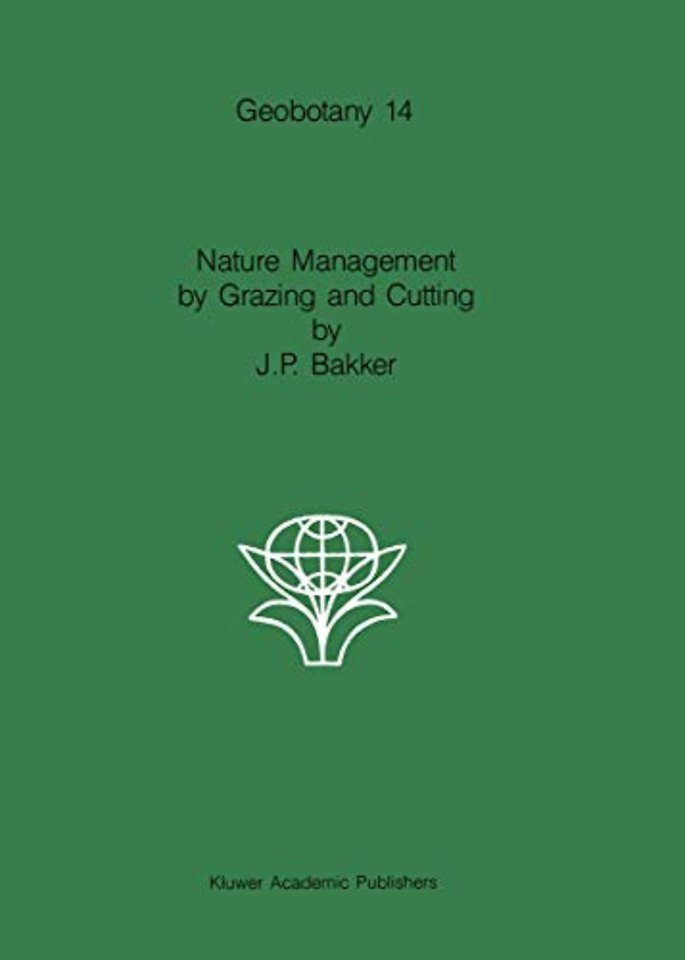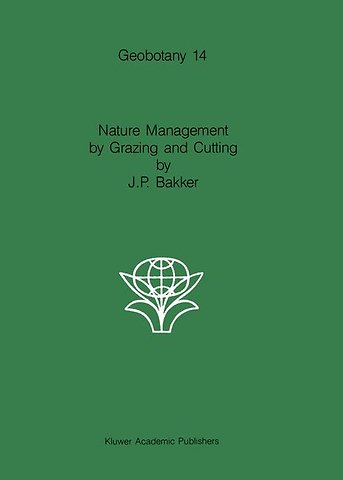Nature Management by Grazing and Cutting
On the ecological significance of grazing and cutting regimes applied to restore former species-rich grassland communities in the Netherlands
Samenvatting
A. Background and scope of the study .............. . 3 1. General .................. " ,-, ........... 11 B. Abandoned and marginal agricultural grasslands ... . 5 2. Some equilibrium models explaining species di- 1. Definition ............................... . 5 versity ., ....... , ,-.... , .................. 11 2. Inland areas in western Europe ............. . 6 3. Change of the steady state .. , .. , ............ 14 3. Ca. stal areas in western Europe ............ . 8 4. Dispersal of plant species ................ , ,- 14 C. Nature mc.nagement practices ................... . 10 5. 'Ecotypic' diversity .. , ..................... 15 D. Theoretical considerations on nature management 6. Patterns in plant communities ............... 15 with special reference to diversity ............... . 7. ............. ,. 11 Implications for management 16 LA. Background and scope of the study (Klapp, 1965), Belgium (Van Hecke, Impens & Behaeghe, 1981) and the Netherlands (Oomes & The degradation of flora and vegetation in natural Mooi, 1981; Elberse, Van Den Bergh & Dirven, and semi-natural landscapes has become a matter 1983; Willems, 1983A).

